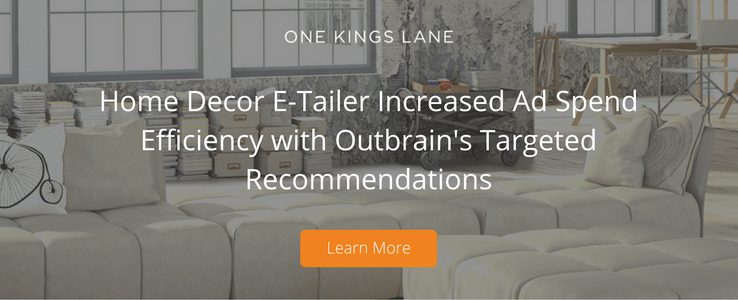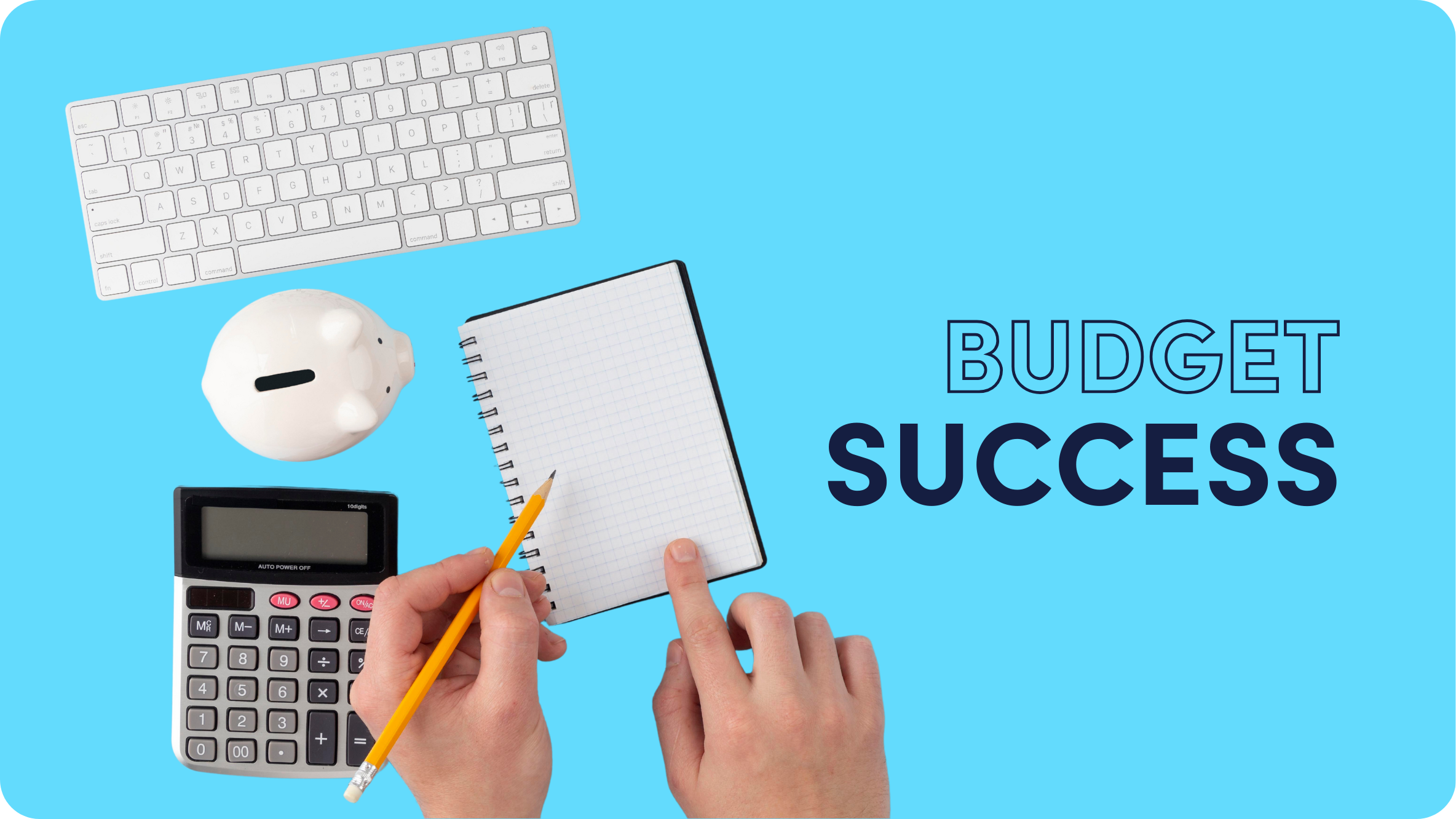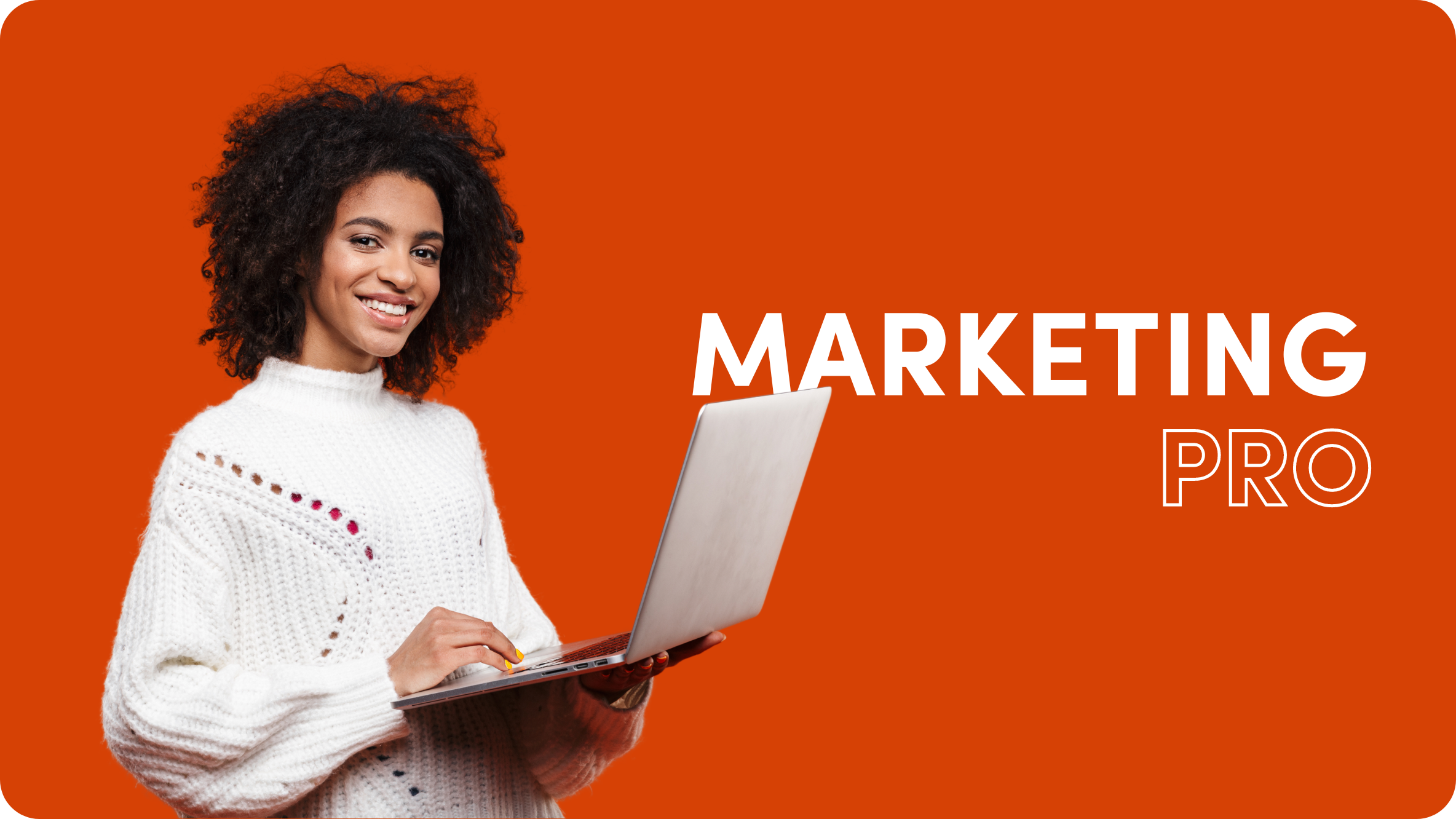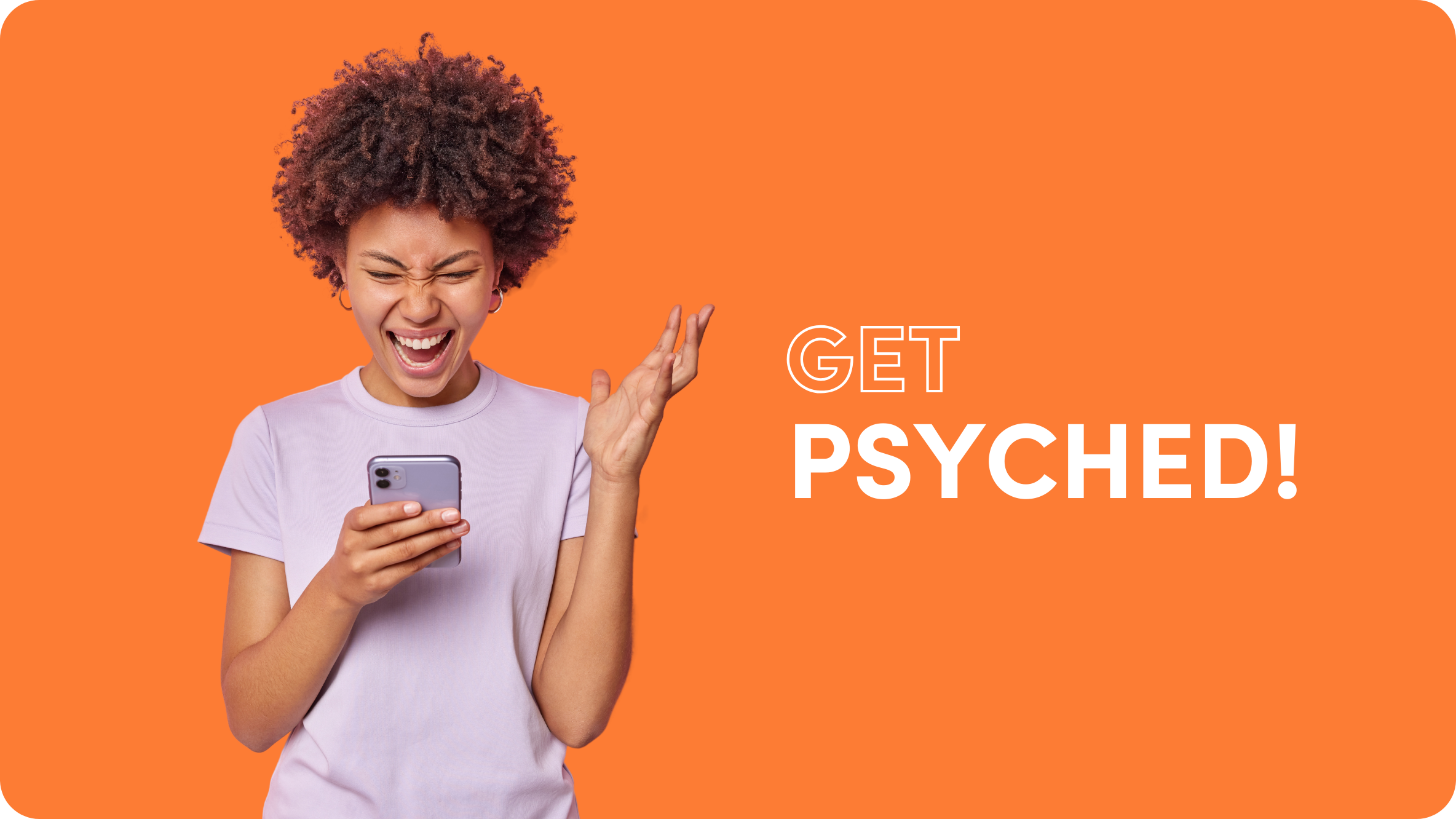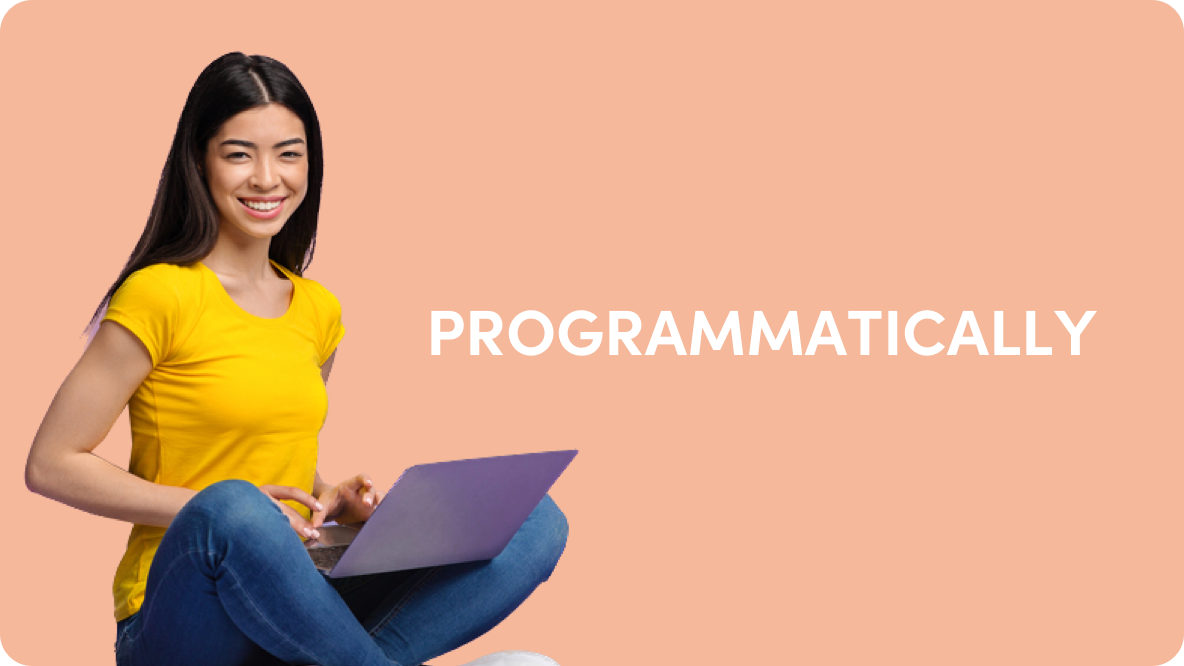Why You Should Implement Native Ads into Your Marketing Strategy
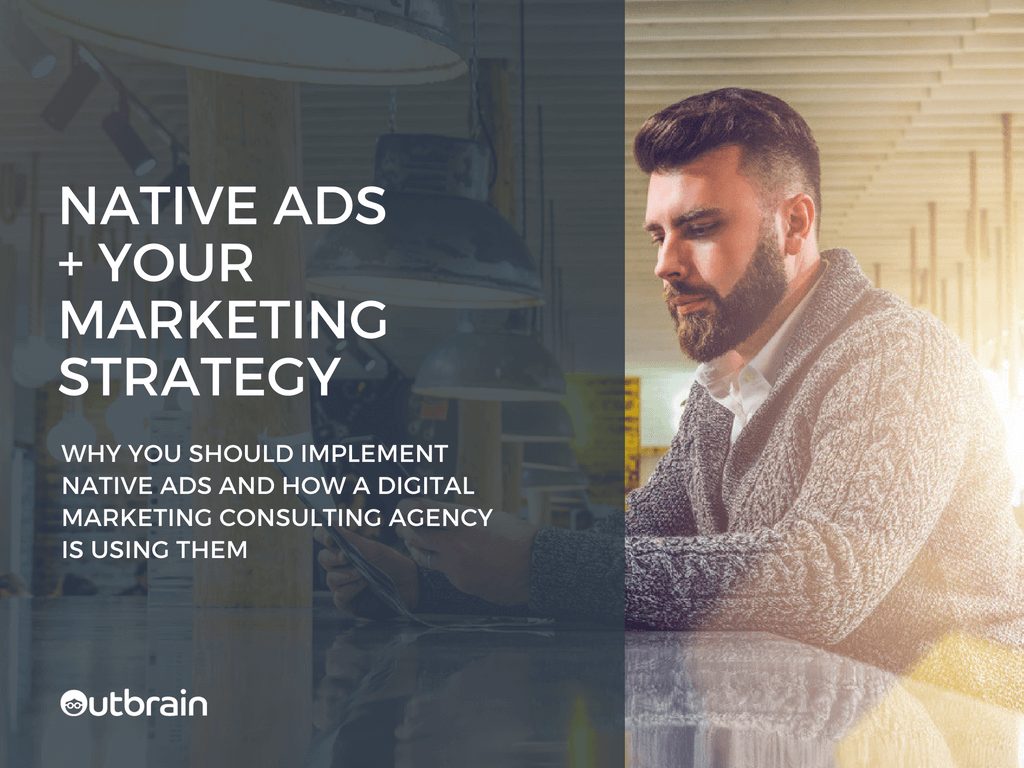
Native advertising is still somewhat relatively new, which leads to a lot of questions.
“Does it work?”
In short, yes, it works very well. In fact, a new study published in American Behavioral Scientist found that consumers are becoming more accepting of native advertisements.
And, as the founder of a digital marketing consulting agency, I’ve seen first-hand how effective native advertisements can be, for large brands all the way down to smaller businesses. My company is in the process of rolling out several consumer products, with a teeth whitening brand, Sexy Smile Kit, being the first to recently launch.
While we will be using several different strategies to promote and grow the brand, native ads are a large part of our digital marketing plan.
Here is why we are using native advertisements, and why you should consider making them part of your marketing strategy as well.
Native Ads Don’t Repel Consumers Like More Intrusive Online Ads
It’s almost 2017 — the standard 728×90 banner ad in the header and the two 300×250 banners in the right-hand sidebar aren’t effective. The only business benefiting from those are the website owners that have high page view numbers and charge on a CPM basis. Advertisers shelling out big money for these “old school” banner spots are eating their shirts.
Pop-ups (not exit-intent ones) and full-page overlays annoy consumers, while native ads blend in with the page’s content in a way that makes them non-intrusive. Consumers aren’t stupid — they know they are advertisements, as they are clearly marked as so.
John Rampton, founder of Due.com, agrees that native ads don’t put up the same wall that other digital ads do, saying, “The reason they prefer native ads is because they offer information that is highly related to the content they are currently engaging with, which helps the advertiser build almost-instant trust with the consumer. Since native advertising is viewed as higher quality content, it typically results in a more positive conversion outcome.”
You Attract a Much Higher Quality Website Visitor with Native Ads
Quality over quantity applies to many things in life, including website traffic.
It pains me to see marketing agencies brag about the number of visitors a campaign brought to a website. In reality, that number is worthless alone. Conversion rate is the data point that matters — how much of the traffic converted into sales, ultimately generating revenue for the business?
Native ads help you attract much higher quality traffic because of their custom targeting options. These options allow you to drop your offer into content that matches your offer. So, when a consumer clicks on your advertisement there is a very high likelihood that they are interested in what you are offering.
Let’s use my new teeth whitening company as an example. If we ran a traditional banner ad campaign we are going to attract a lot of clicks, but that traffic is going to come from a wide variety of websites — from automotive blogs and gossip websites to meme directories. Sure, some of that traffic might convert, but it isn’t going to be targeted traffic.
A native ad campaign is going to position our offer in related content, from health and wellness to beauty themed content. Those readers are going to be much more interested in a teeth whitening kit than someone searching for a funny meme to post on social media.
I would much rather attract 100 visitors from a native ad blended into highly relevant content than 1,000 visitors from a bunch of random websites. You are going to convert a higher percent of your visitors and lower your costs, which brings me to the next point below…
Native Ads Produce a Lower Cost-Per-Acquisition.
Native ads also tend to be much more cost effective, often delivering an overall lower cost-per-acquisition. Let’s dive into an example with very simple math.
Imagine if you were paying $1 per click using a traditional pay-per-click platform to attract consulting clients. 1,000 visitors will cost you $1,000 and at a 1% conversion rate, you are going to land 15 clients, each costing you $100 to acquire.
Now, if you create a very well thought-out piece of content designed to highlight your consulting services, you can use native advertising to place it within content, that’s going to be read by business owners, executives, etc. Even if you are paying $3 per click, you’re going to typically experience higher conversion rate because your audience is highly targeted. The same 1,000 visitors will cost more ($3,000), but if you can convert that traffic at 4% your cost-per-acquisition drops to $75. That is a huge difference at scale.
Never focus solely on cost-per-click. It’s you end acquisition cost that’s the important number, and native ads can help you reduce that number significantly.

